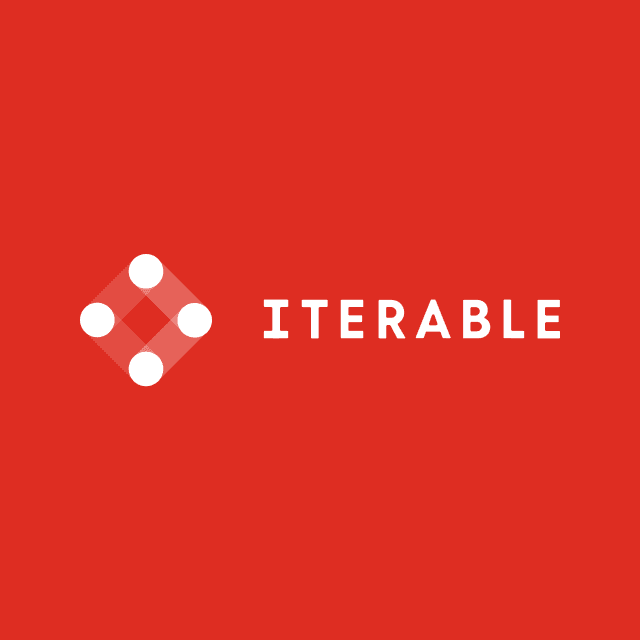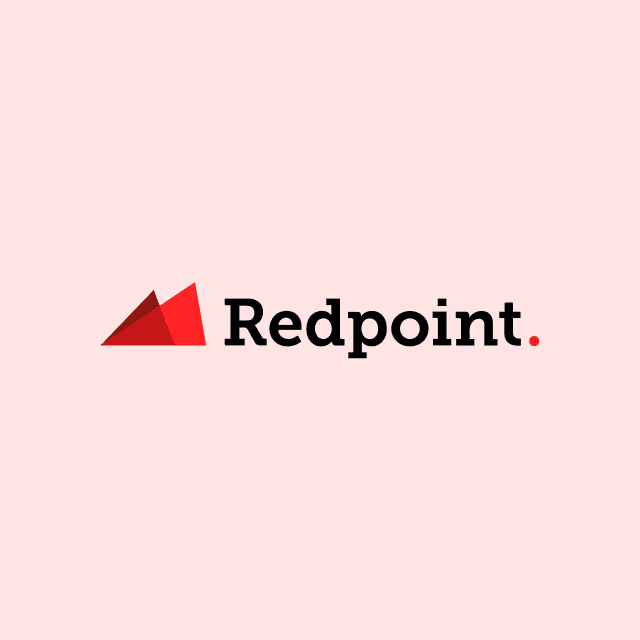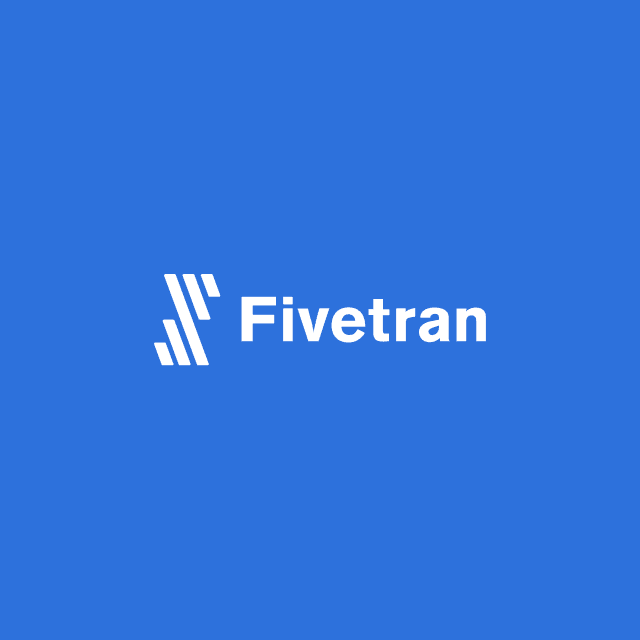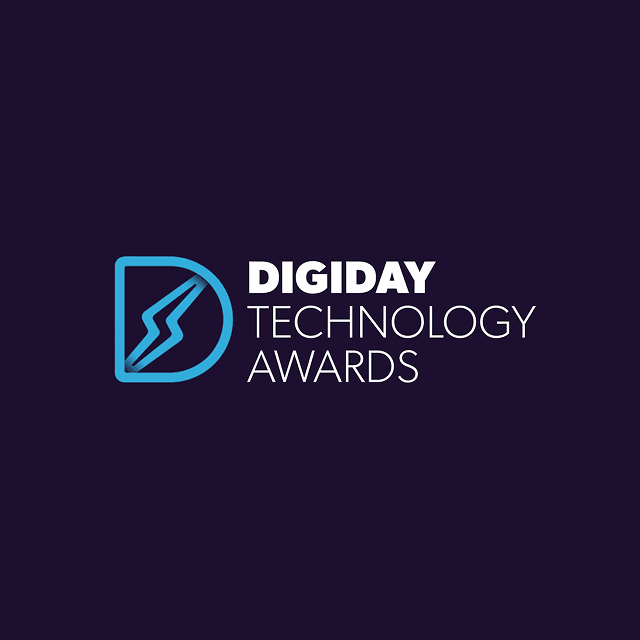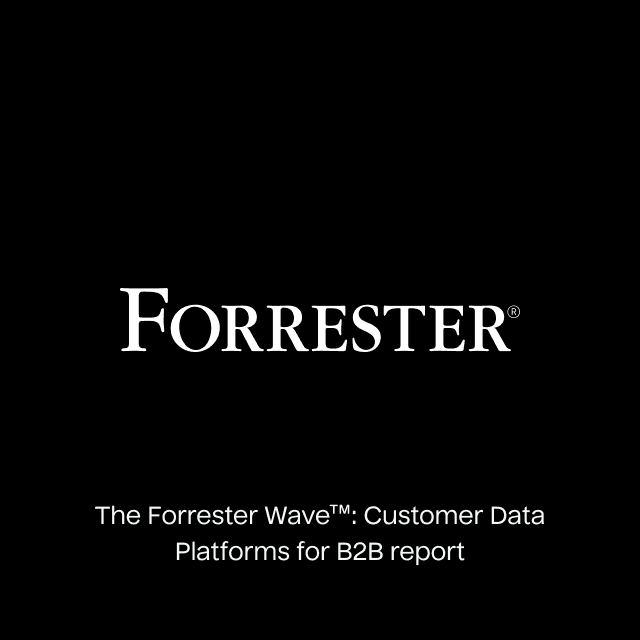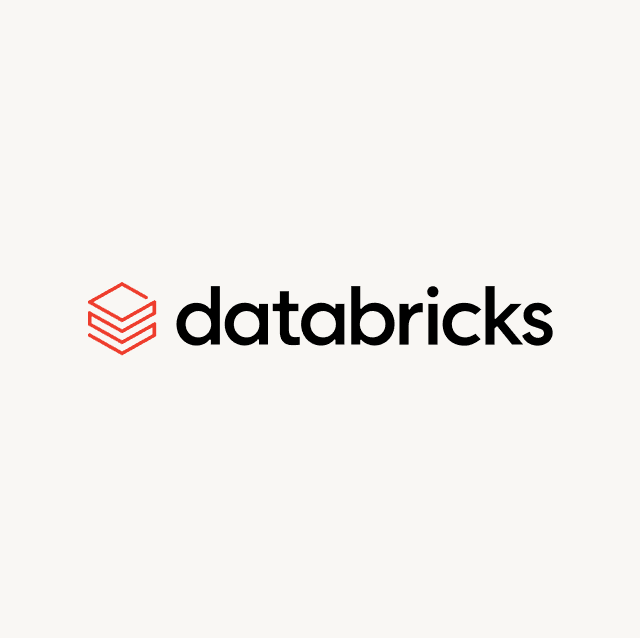Customer Data Platforms (CDPs) are becoming increasingly popular as more and more organizations look to scale their marketing efforts and deliver personalized experiences across channels. If you’re evaluating CDPs, this blog post will tell you everything you need to know about ActionIQ, including:
- What is ActionIQ?
- Core products and capabilities
- Key features like data collection, storage, modeling, and audience management
- Real-time capabilities
- Security
- Pros and cons
What is ActionIQ?
ActionIQ is a traditional CDP that aims to help you unify and manage your customer data in one central platform and then activate it across your various marketing channels. The platform offers a number of features, including data collection, audience segmentation, identity resolution, and even some real-time capabilities.
ActionIQ was founded in 2014 by Tasso Argyros. The premise behind the company was to build a traditional CDP platform that avoided centering on a predefined definition of the customer. In fact, in 2019 the CEO said: “By having no predefined customer profiles, you can end up with a lot richer and much more real-time, much more immediate information about these customers.” The whole idea behind this vision is to let you define exactly what matters most about your customers and tailor your customer profiles to your business needs.
As a traditional CDP, every feature and capability is tightly coupled into ActionIQ’s managed infrastructure. Given that more and more companies are choosing to adopt and implement Composable CDPs, ActionIQ has recently rebranded as a hybrid solution, so you can host your data in ActionIQ or your own managed infrastructure. However, these capabilities are still very new and relatively immature.
ActionIQ Quick Guide
Don’t have time to read our blog post? Download this one-pager on ActionIQ for the key information.


Core Products and Capabilities
Like any traditional CDP, ActionIQ offers a wide variety of features bundled into five core products: Customer Data Platform, Identity, Audience Center, Journey Management, and Real-Time CX.
- Customer Data Platform allows you to collect and manage all of your customer data in one centralized platform where you can then access the rest of ActionIQ’s product offerings.
- Identity merges and resolves customer profiles by leveraging ActionIQ’s out-of-the-box identity resolution algorithm or integrations with other identity resolution providers and third parties.
- Audience Center enables you to self-serve and create audience cohorts for activation across channels. This feature provides a visual interface where you can segment your customers or users by attributes and traits that you define.
- Journey Management allows you to build and orchestrate multi-step touchpoints with your customers across audiences so you can measure performance and build personalized experiences.
- Real-Time CX gives you access to some real-time features so you can coordinate triggers and pull data into your downstream destinations.
Data Collection
To collect customer data, ActionIQ supports both real-time pipelines and batch-based pipelines. Real-time pipelines are powered by the ActionIQ Tag feature to help you manage event collection SDKs (software deployment kits) so you can capture behavioral data about your users across both web and mobile devices. For batch sources, ActionIQ provides both file and API ingestion. You can run these ingestion jobs on a predefined schedule that you choose.
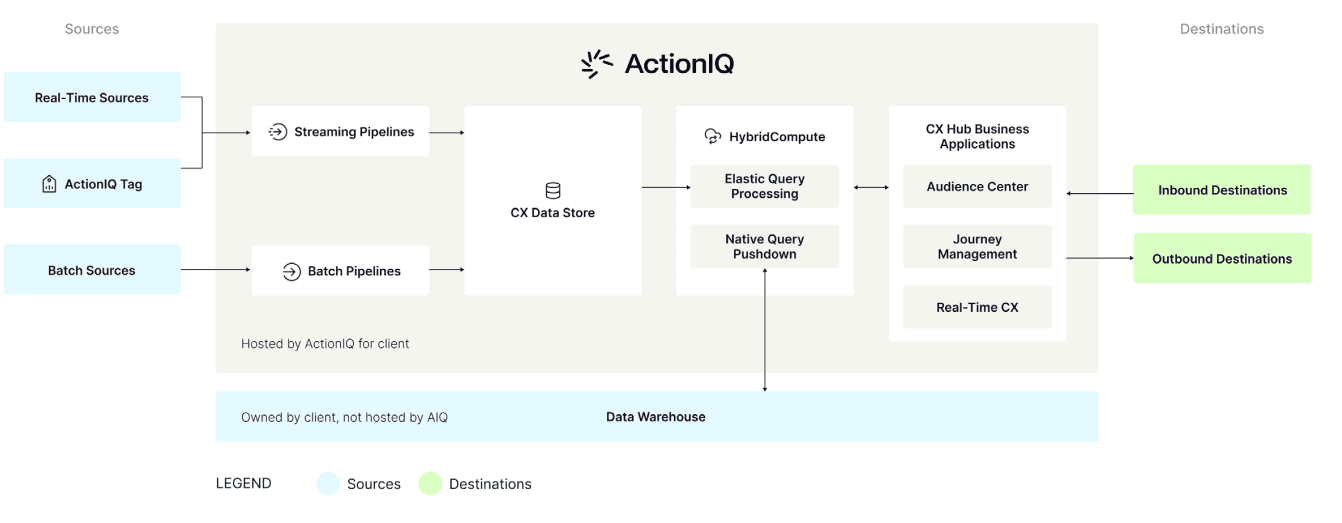
From a collection standpoint, all of these events have to fit within ActionIQ’s data structure, which means your engineering team has to do a lot of work on the implementation side just to ensure that that data is available within ActionIQ.
Data Storage
By default, all of your data is stored in ActionIQ’s managed infrastructure. This means that all of your identity resolution and audience segmentation use cases are directly linked to the data available within ActionIQ. However, the platform does support other alternative deployments and architectures. When it comes to storing and processing your data, ActionIQ offers three choices: bundled, hybrid, and warehouse-only.
- Bundled: Your data is copied from your cloud infrastructure into ActionIQ, and all computing happens within the platform.
- Hybrid: You can leverage both ActionIQ’s data storage and your existing cloud infrastructure. Compute is split across the two depending on where your data is being queried from. Note: if you query data from your data warehouse, the results of that query are stored in ActionIQ as long as that data is needed for your use case.
- Warehouse-only: ActionIQ leverages your existing data storage and pushes down queries to compute directly on your data warehouse or data lake.
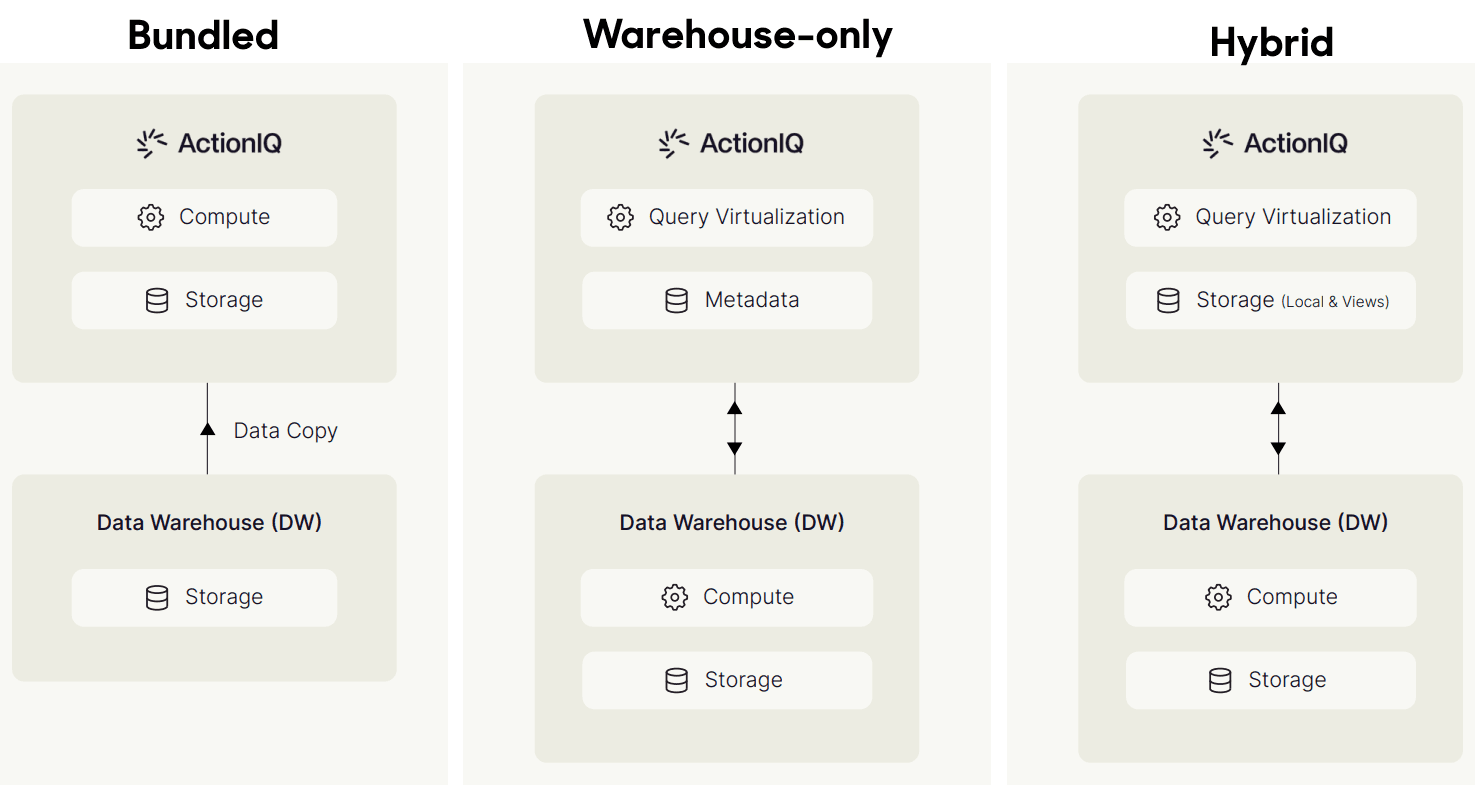
One important factor to note is that ActionIQ was originally developed as a packaged enterprise CDP, and all of the product features are coupled into ActionIQ’s managed infrastructure. Additionally, for the bundled approach, your data is stored directly within ActionIQ outside of your infrastructure. Both the hybrid and warehouse-only capabilities were added in an attempt to make the solution more “composable” as more and more organizations transition to the Composable CDP architecture.
Many companies inevitably run into problems with hybrid and warehouse-only implementations because ActionIQ was not originally developed with a warehouse-first architecture. The platform itself only supports a very limited number of data warehouses. If you want to implement a hybrid or warehouse-only approach, you must work directly with the data engineering team at ActionIQ.
Data Modeling
ActionIQ is more flexible than many traditional CDPs on the market because the data model can accommodate different hierarchies of data to go beyond the basic account and user objects. However, this is still not nearly as flexible as leveraging the existing models that live in your warehouse. If you’re leveraging the bundled architecture, an ActionIQ engineer has to configure how your data is structured and modeled to ensure it can be ingested into the platform and the structure that ActionIQ allows. Inevitably, this means there is quite a substantial amount of work required on the engineering side before you can actually get up and running with the platform. ActionIQ operates more as a managed service than a true self-serve platform.
Schema Management
With the bundled offering, you cannot edit the schema structure without an ActionIQ engineer, and you’re limited to the data that is available within ActionIQ. In many cases, this can inhibit your ability to create more nuanced custom audiences that can flexibly accommodate multiple customer identifiers and hierarchies. Updating your existing data models requires you to rearchitect and re-ingest your data to match a new schema, which can take months.
Because you don’t actually own the schema structure in ActionIQ, it can be difficult to make updates as your use cases evolve and as your data changes. Unless you’re leveraging the warehouse-only architecture, any data that does not fit ActionIQ’s schema structure is unavailable to your marketing team or your downstream tools.
Identity Resolution
ActionIQ has three different offerings for identity resolution: IdentityPlus, Identity Connect, and Identity Edge.
IdentityPlus is ActionIQ’s base product for identity resolution. This feature allows you to merge and deduplicate anonymous and known customer profiles on your known first-party data using both deterministic and probabilistic matching within ActionIQ’s infrastructure.
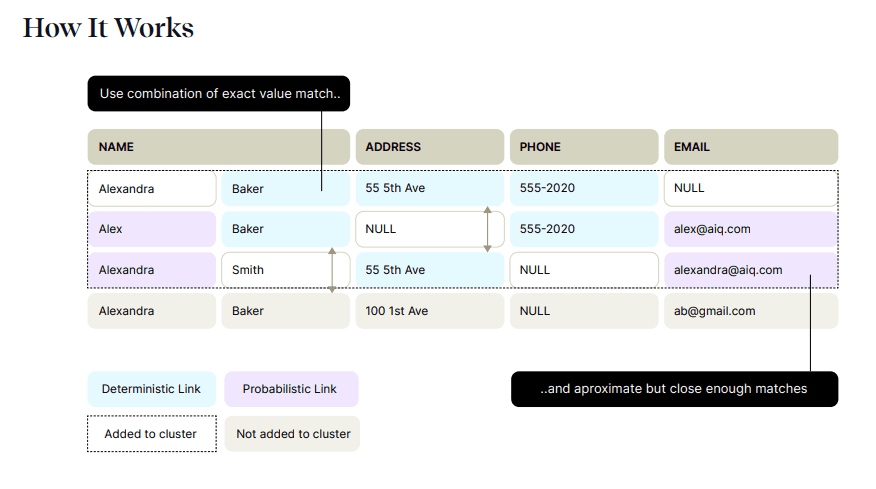
Identity Connect allows you to leverage external identity resolution capabilities from other providers that don’t natively integrate with ActionIQ, like Neustar, Acxiom, Merkury, or Data Axle. Unless you have an agreement with one of these providers, you can’t actually leverage this solution.
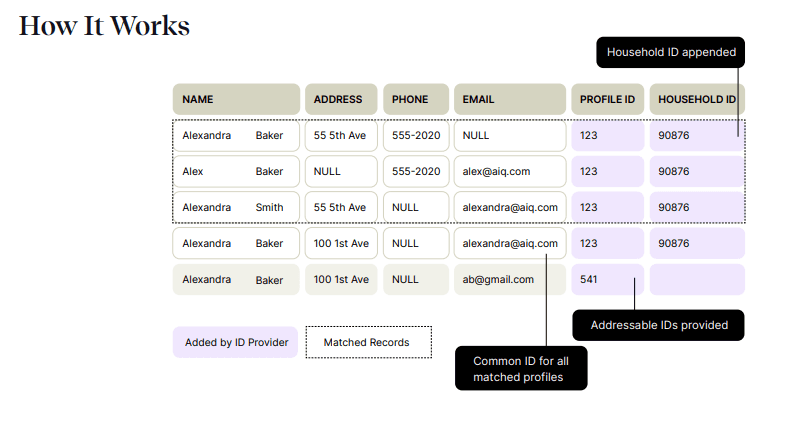
Identity Edge works by syncing anonymous IDs with walled gardens and demand-side platforms (DSPs) so you can enrich your client-side events with additional context to optimize your targeting across ad platforms.
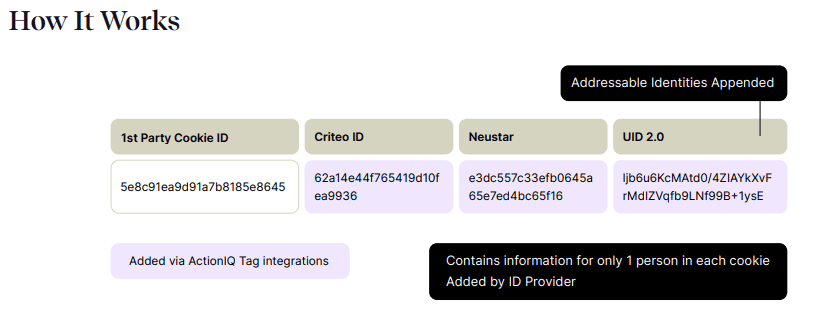
With ActionIQ, you don’t actually own the identity graph that is generated, which can be very problematic if you ever need to use that graph for a use case outside of ActionIQ. This is one of the core reasons many companies are choosing to adopt Composable CDP and run their identity resolution processes on their existing data platform. As first-party data becomes more and more important, owning your identity graph also becomes more important.
Audience Management
ActionIQ has a rich suite of audience management features. This includes a no-code audience builder for marketing teams and supporting capabilities like journeys and triggers so you can enroll your customers in specific campaigns and create personalized touchpoints based on the actions they’ve taken. The platform also allows you to build advanced lookalike audiences and make behavioral predictions about your users from your data.
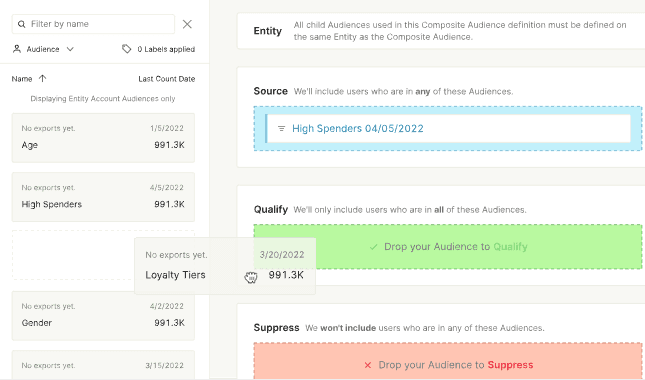
However, bear in mind that these features work best when you leverage the bundled approach, where all of your data is stored and managed by ActionIQ. The audience builder is very closely linked to the ActionIQ platform, so if you’re trying to leverage your warehouse tables to build audiences, you’ll inevitably run into some complications.
Real-time Capabilities
ActionIQ boasts a number of real-time capabilities, but there’s not actually a ton of information on what “real-time” actually entails because this term differs from company to company, depending on your use case. For one company, that could be every five minutes; for another that could be 30 seconds; and for another that could be less than a second. In the case of ActionIQ, you can bucket the platform’s real-time capabilities into two categories.
- Profile API: An API that allows you to pull data from any system in milliseconds the moment you need it.
- Personalization: A feature that enrolls audiences or users in triggers or journeys as they take action on your website or in your mobile app.
Reverse ETL
ActionIQ offers some basic support for Reverse ETL through their warehouse-only architecture. You have the ability to configure your data warehouses like Snowflake and Databricks as sources and then query directly against those tables to sync the results to your chosen destination. However, it is unclear what features the platform offers as it relates to debugging failed rows, managing version control, deploying production and staging environments, and alerting. Setting up each new destination also requires you to submit a ticket to the ActionIQ team to configure because much of the platform setup is not self-serve.
Security
Unless you’re able to manage to deploy ActionIQ under a warehouse-only approach, the platform will always store some of your data. From a security standpoint, ActionIQ checks a number of boxes. While you’ll have to do some work in your environment's actual implementation and setup, ActionIQ can be HIPAA, CCPA, and GDPR compliant. From a governance standpoint, ActionIQ provides a number of features, like multi-factor authentication (MFA) and single-sign-on (SSO), to ensure secure user authentication. The platform also has built-in role-based access controls (RBAC) to manage user access and track activity.
Pros and Cons
ActionIQ is trying to be an “everything” CDP to appeal to the entire CDP market. While the platform definitely has some powerful capabilities with the hybrid and warehouse-only architectures, these features are relatively underdeveloped.
Pros
Integrates with some data warehouses
Audience builder is easy & intuitive to use
More flexible than traditional CDPs
Cons
Setting up new integrations requires you to submit support tickets
Migrating to hybrid or warehouse-only architectures requires significant engineering effort
Identity graph is owned by ActionIQ
Documentation is only available to paying customers
2024 CDP Landscape Guide
Evaluating CDPs? Download our 2024 CDP Landscape Guide to learn how the top ten enterprise CDPs compare across the following:
- Products & Features
- Core Capabilities
- CDP Type
- Key Differentiator
- Company Direction


Closing Thoughts
A traditional CDP like ActionIQ can be a great solution to power marketing personalization if you're a small company with virtually no digital footprint. However, if you’re a more mature organization that already has a centralized data warehouse and you’re looking for a flexible solution that provides more flexibility to power complex personalization use cases, then you’ll inevitably need a Composable CDP.
If you want to learn more about the Composable CDP, book a demo with one of our solution architects today to see how we can help.






